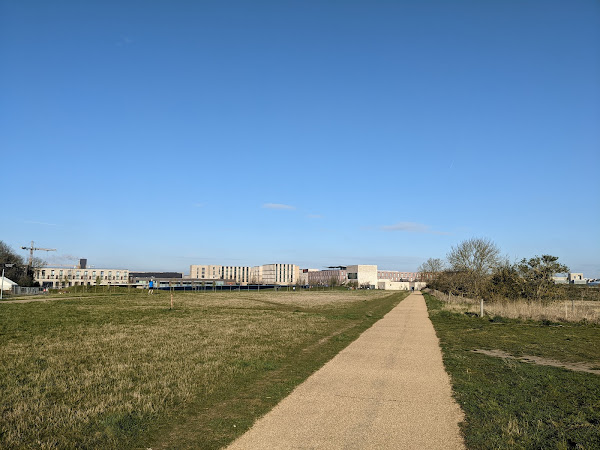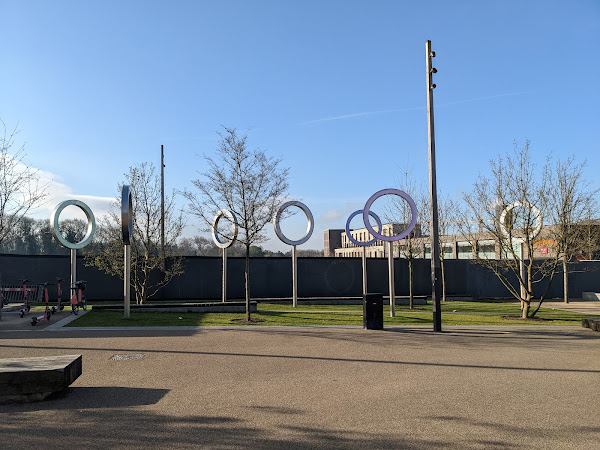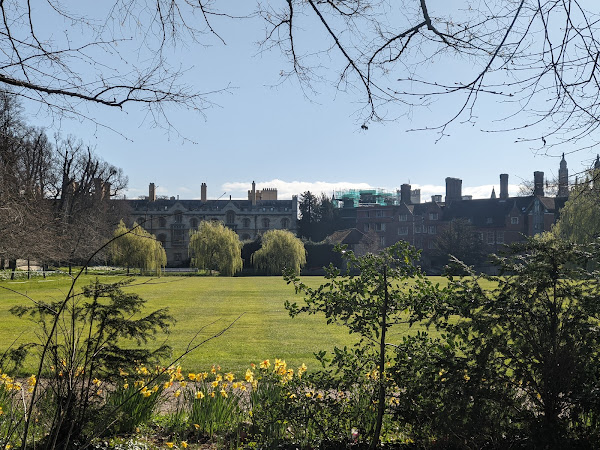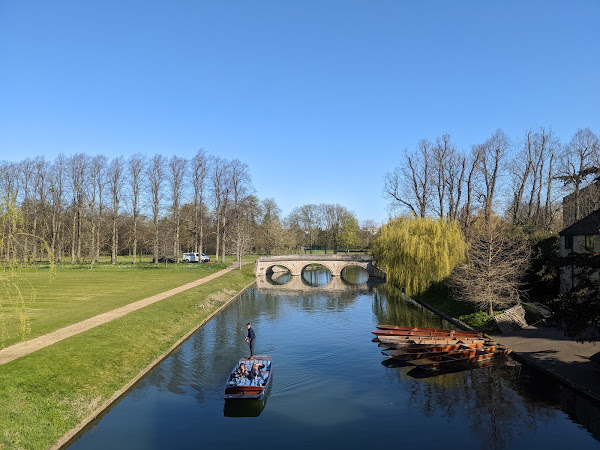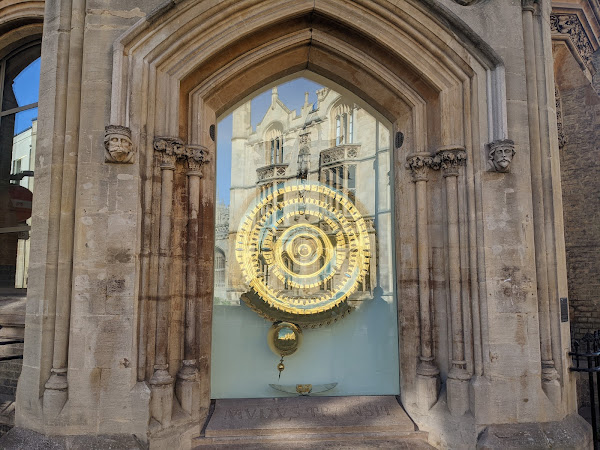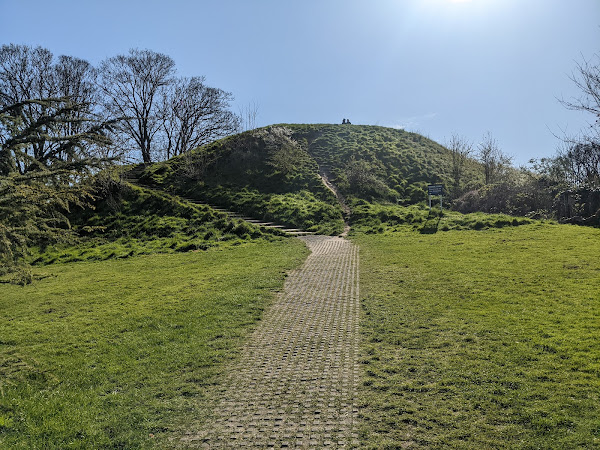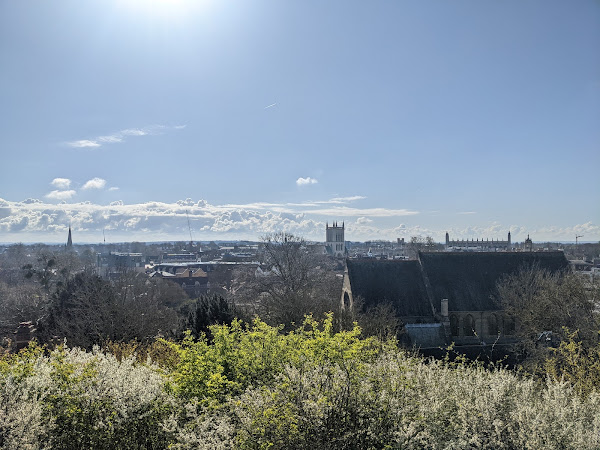I wanted to continue to make progress towards the Fibonacci Sequence this week, and Storeys Field parkrun in Cambridge seemed like the ideal opportunity, providing the opportunity to tick off 34.
The area
Storeys Field parkrun takes place amongst a new residential development in eastern Cambridge. Cambridge is perhaps best known for is university, which was particularly evident today, as it happened to be graduation day today.
Storeys Field itself consists of a combination of a cricket pitch, and an adjacent sports field, each with their own facilities. One local landmark to look out for is the "Quidditch hoops" - an art exhibition located near the site (not the official name of the piece).
The course
The course is three flat, tarmac laps of the greenspaces around the new housing development.
Free parking is available in the nearby park-and-ride car park for up to 18 hours, which also provides access to toilets, while toilets are also available in the cricket pavillion closer to the start/finish area.
The run
I am planning on running Brighton Marathon next Sunday, and so I very deliberately decided to limit myself to a steady pace today to begin my taper. Fortunately, the large number of participants and the relatively narrow paths this week helped keep my pace in check. If I wanted to push for a personal record however, this course would definitely be a contendor given there is only really one relatively sharp corner per lap, in the most south-east of the course, and the rest of the course is entirely flat, with a great surface!
The end of today's run was marked with a skywriter plane drawing some art for us (although probably more related to the graduations in the city centre).
Thank you to the team for a great event!
After the run
As the park-and-ride carpark offers free parking, I used that as an opportunity to explore Cambridge city centre in more detail. Trinity College was perhaps the first major attraction, although with graduation ceremonies underway, I decided not to try to get too close to some of the landmarks so as not to spoil people's celebrations.
A number of bridges connect each bank of the river, and gondellas are a common sight on the river, including river tours.
The Mathmatical Bridge is a wooden bridge, originally built in 1749, but subsequentially rebuilt several times, most recently in 1905. The bridge is constructed from entirely straight pieces of timber.
The Corpus Clock is another popular tourist spot, which depicts an insect atop the clockface, which is a unique design.
While I didn't have the opportunity to visit it today due to graduation ceremonies, Newton's Apple tree is located in the grounds of Trinity College, and is an offshoot of the actual tree (located at Newton's childhood home) which inspired Newton's work on gravity.
The Round Church was founded in between 1115 and 1131, and has been in operation since.
Castle Hill marks the site of the original settlement dating back over 2000 years, and the initial Roman settlement was built around this area too.
The top of the hill offers views over the city.
Links: Run report | Results | Strava
References: Trinity College | Newton's Apple Tree | Queens College | Mathmatical Bridge | The Round Church
